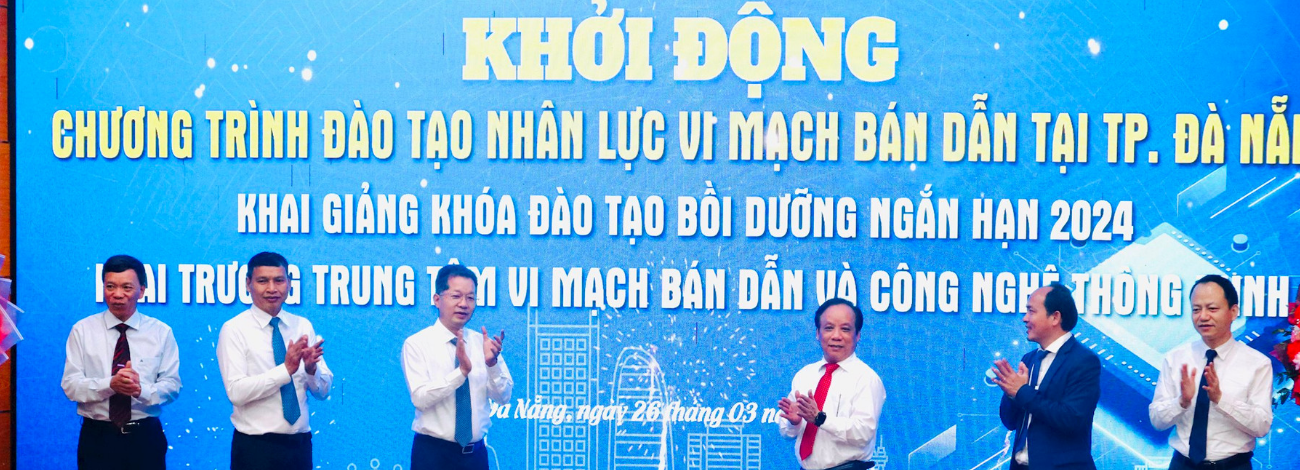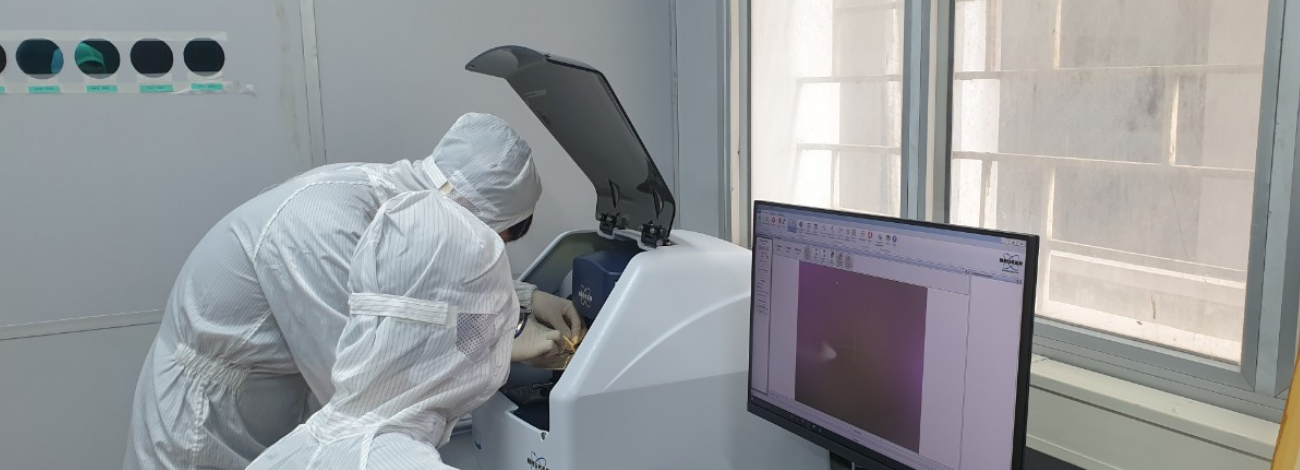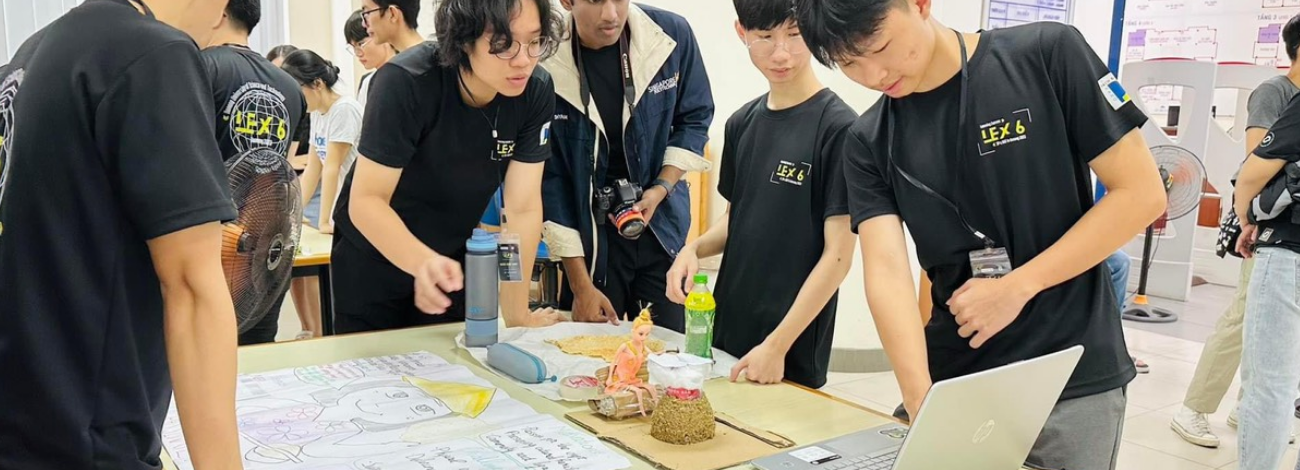The semiconductor industry is becoming a strategic sector globally, including in Vietnam. As technology rapidly advances, the demand for skilled IC design professionals increases. Recognizing this, Vietnam has been heavily investing in education and training to enhance students’ expertise.
Current Landscape
IC design in Vietnam is developing but faces limitations. IC education is not yet widespread, and specialized programs are limited to a few universities and research centers. Students often struggle to access advanced tools and technologies, leading to a gap between theoretical knowledge and practical work.
The industry also faces significant challenges. A critical issue is the shortage of skilled professionals. While students may have a solid theoretical foundation, they often lack hands-on experience with modern design tools.
Moreover, technical infrastructure and equipment in training institutions fall short of international standards, making it difficult for students to familiarize themselves with advanced technologies.
Finally, the connection between universities and businesses is not strong enough, resulting in limited opportunities for students to engage in real-world projects, learn from industry experts, and gain practical experience during their studies. This weakens the appeal of training programs and hinders the development of the domestic IC industry.

Vietnam recognizes the importance of improving education quality in this field, especially as the demand for IC engineers continues to grow.
New Training Programs
New Training Programs in Collaboration with International Companies
As the demand for high-quality IC design professionals grows, Vietnam has partnered with several international companies to implement advanced training programs. A prime example is the collaboration between the National Innovation Center (NIC) and leading companies like Qorvo and Cadence.
The Qorvo and Cadence collaboration aims to provide in-depth IC design training, helping students access advanced technologies and tools used by top companies in the industry. The courses cover topics such as Analog IC design, simulation techniques, IC verification, and hands-on involvement in real-world projects commissioned by businesses. The goal is to enhance students’ theoretical knowledge while also developing practical skills needed for industrial work.
Fundamentals of VLSI Physical Design Course
In addition to collaborative programs with Qorvo and Cadence, Vietnam is also launching a basic VLSI physical design course. This course is co-organized by FPT Semiconductor, the National Innovation Center (NIC), Tresemi, Cadence, and the universities of Danang University of Science and Technology and the University of Information Technology in Ho Chi Minh City (UIT).
The Fundamentals of VLSI Physical Design Course includes not only theoretical subjects on IC design but also practical activities through real-world projects proposed by industry enterprises. Students learn to use advanced design tools, perform simulations, and test ICs, gaining a deep understanding of the design and production process in an industrial setting.
The Fundamentals of VLSI Physical Design Course aims to produce a highly skilled workforce ready to enter the semiconductor industry with practical skills and knowledge. Graduates will have a significant advantage when applying for IC design engineer positions at major companies, contributing to the development of Vietnam’s semiconductor industry.
Benefits for Students
These training programs offer numerous benefits to students. First, they provide access to the most advanced technologies and design tools, helping students enhance their expertise and practical skills. Second, through real-world projects, students can work directly with industry experts, gaining valuable experience and a deeper understanding of industrial workflows.
Additionally, these courses open up vast job opportunities for students after graduation. By participating in internationally linked training programs, students not only increase their competitiveness but also gain access to top companies in the industry, offering better job prospects with attractive salaries and working conditions. This is a crucial step for Vietnam in building a generation of highly skilled IC design engineers to meet the growing demands of the semiconductor industry.

Infrastructure and Resources
To improve the quality of IC design training, educational institutions in Vietnam have made significant investments in infrastructure and equipment. Centers like NIC have established modern laboratories equipped with advanced IC design tools and software that meet international standards. Students can access leading technologies in the field, from Computer-Aided Design (CAD) tools to IC simulation and testing systems.
These facilities not only help students familiarize themselves with technology but also enable them to practice, experiment, and develop the necessary skills for their future careers. Investing in modern infrastructure is a crucial part of the strategy to improve training quality, allowing Vietnamese students to compete on par with peers from other countries in the region and worldwide.
Development Strategy and Vision
Vietnam’s Investment in Semiconductor Human Resources
Vietnam is implementing a comprehensive strategy to develop human resources for the semiconductor industry, aiming to train and develop approximately 50,000 engineers and specialists by 2030. These training plans include improving university education quality, building specialized IC design training programs, and expanding cooperation with domestic and international businesses to provide students with practical opportunities.
A key aspect of this plan is to implement courses that combine theory and practice. Courses like Fundamentals of VLSI Physical Design Course co-organized by FPT Semiconductor, the National Innovation Center (NIC), Tresemi, Cadence, and the universities of Danang University of Science and Technology and the University of Information Technology in Ho Chi Minh City (UIT) have played a significant role in providing students with a solid knowledge foundation and practical skills. Students not only learn theory at university but also have the opportunity to participate in real-world projects at businesses, helping them accumulate valuable experience even before graduation.
Vietnam’s Long-term Vision and Goals in IC Design
Vietnam’s long-term vision is to become a leading IC design and production hub in Southeast Asia. To achieve this, Vietnam is focusing on building a strong ecosystem for the semiconductor industry, including developing human resources, investing in infrastructure, and promoting international cooperation.
Vietnam’s goal is not only to meet domestic demand but also to expand into international markets. With carefully designed training and human resource development plans, Vietnam aims to export high-quality IC products and compete in the global market.

FPT Semiconductor’s Commitment to Semiconductor Human Resources in Vietnam
FPT Semiconductor plays a pioneering role in training and developing human resources for the semiconductor industry in Vietnam. The company not only co-organizes courses like the Fundamentals of VLSI Physical Design Course but also continually invests in research and development projects, providing students with opportunities to participate in real-world projects.
We are committed to expanding our training activities and collaborating with educational institutions and businesses, both domestically and internationally, to build a generation of IC design engineers with the skills and knowledge to meet the rigorous demands of the global semiconductor industry.
Conclusion
The investment in specialized training programs, along with support from international companies, not only improves education quality but also creates numerous job opportunities for students. These efforts not only help Vietnam confidently integrate into the global supply chain but also open up a promising future for the domestic semiconductor industry.